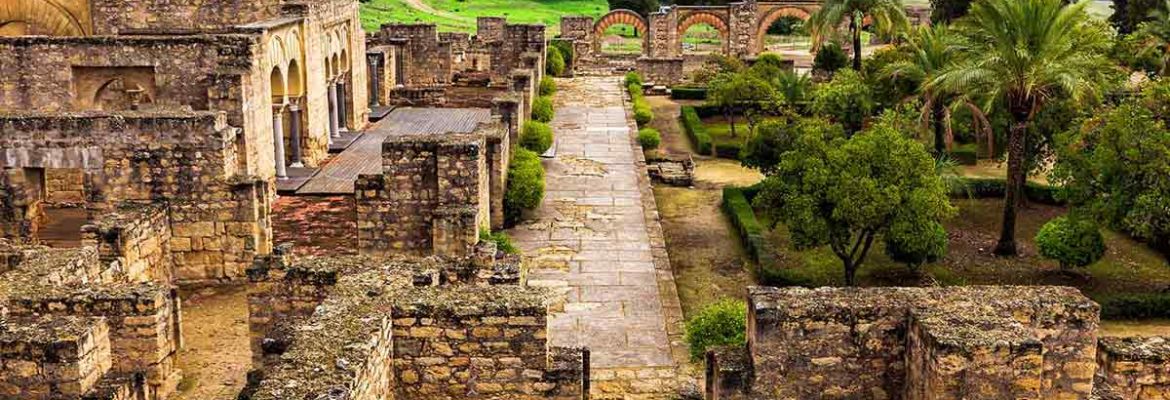Ancient Medina, Tangier, Taza-Al Hoceima-Taounate, Morocco
The Medina of Fez preserves, in an ancient part comprising numerous monumental buildings, the memory of the capital founded by the Idrisid dynasty between 789 and 808 A.D. The original town was comprised of two large fortified quarters separated by the Fez wadi: the banks of the Andalous and those of the Kaïrouanais. In the 11th century, the Almoravids reunited the town within a sole rampart and, under the dynasty of the Almohads (12th and 13th centuries), the original town (Fez el-bali) already grew to its present-day size. Under the Merinids (13th to 15th centuries), a new town (Fez Jedid) was founded (in 1276) to the west of the ancient one (Fez El-Bali).
It contains the royal palace, the army headquarters, fortifications and residential areas. At that time, the two entities of the Medina of Fez evolve in symbiosis forming one of the largest Islamic metropolis’s representing a great variety of architectural forms and urban landscapes. They include a considerable number of religious, civil and military monuments that brought about a multi-cultural society. This architecture is characterised by construction techniques and decoration developed over a period of more than ten centuries, and where local knowledge and skills are interwoven with diverse outside inspiration (Andalousian, Oriental and African).
The Medina of Fez is considered as one of the most extensive and best conserved historic towns of the Arab-Muslim world. The unpaved urban space conserves the majority of its original functions and attribute. It not only represents an outstanding architectural, archaeological and urban heritage, but also transmits a life style, skills and a culture that persist and are renewed despite the diverse effects of the evolving modern societies.
Epic Morocco Culture & Adventure Route © Monika Newbound


